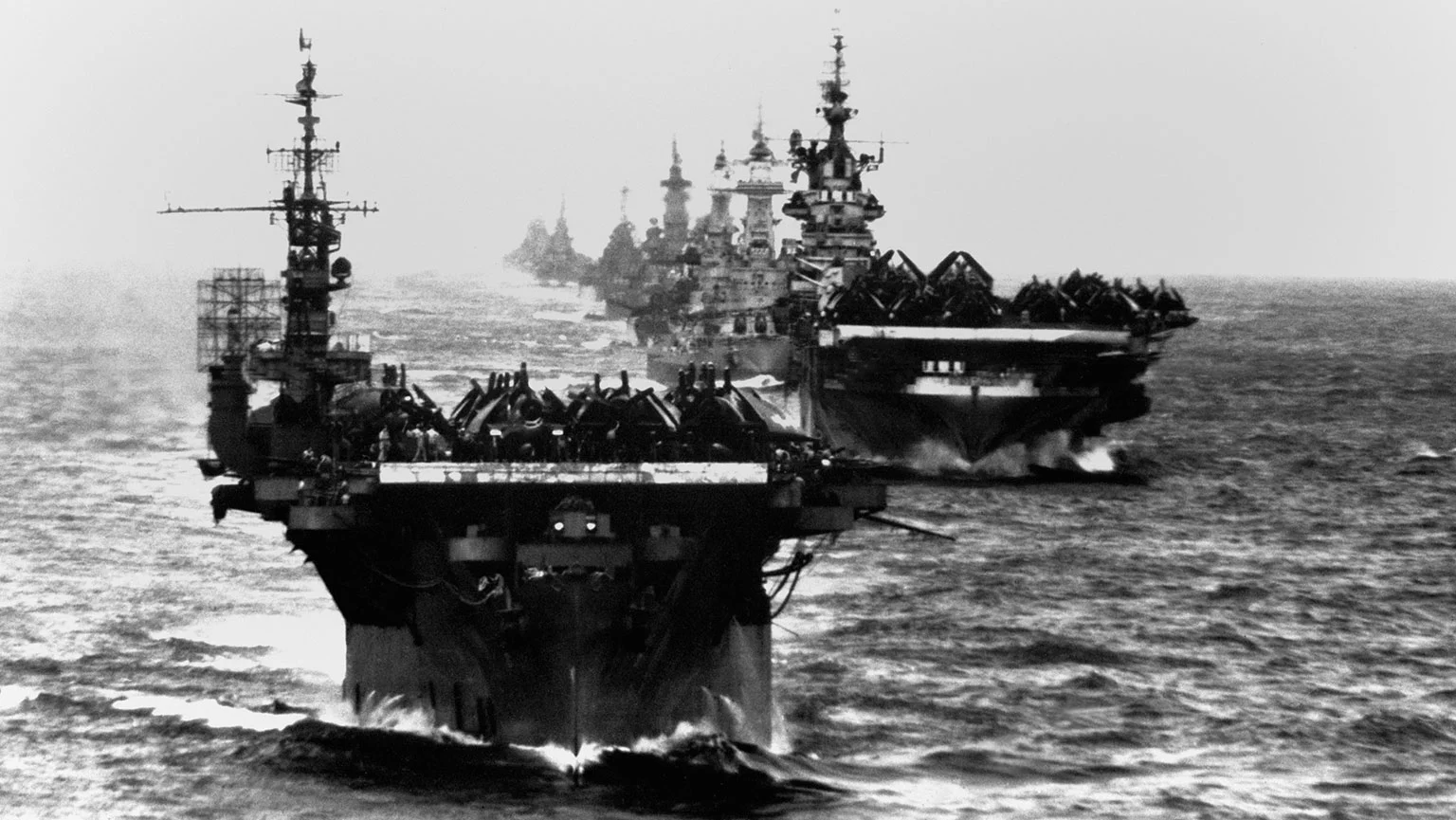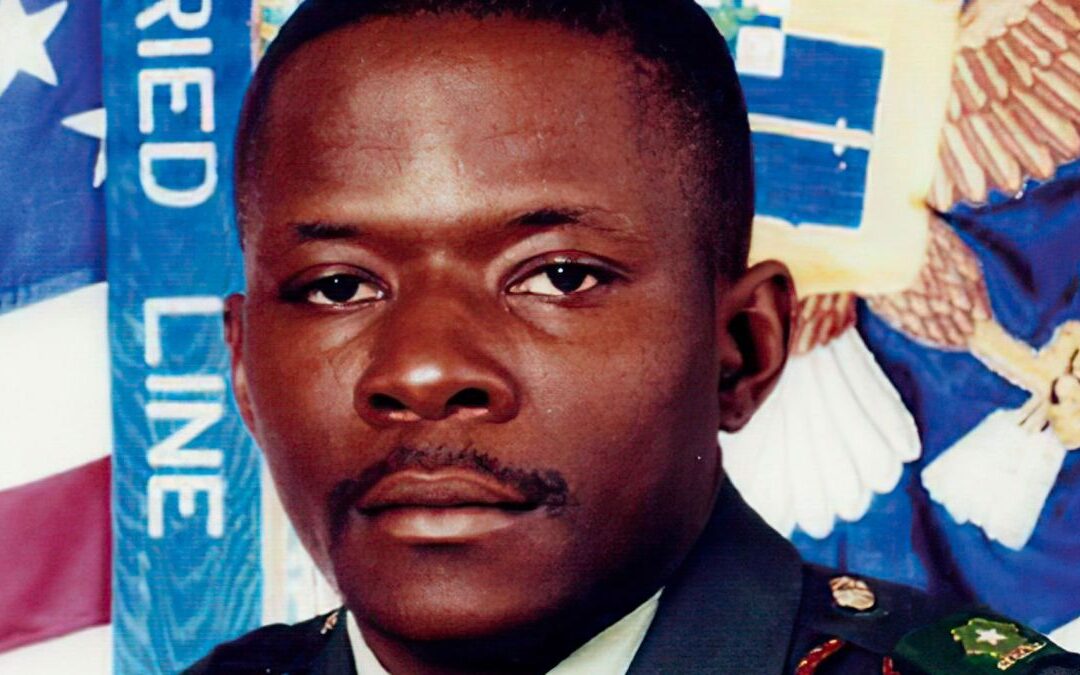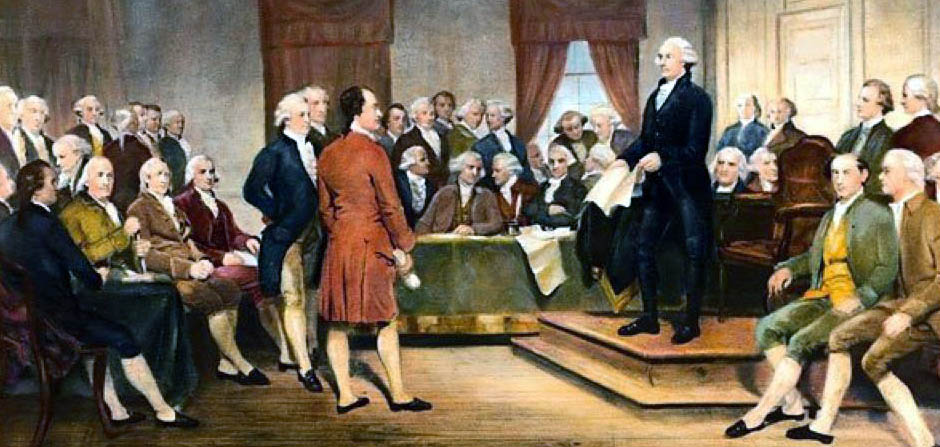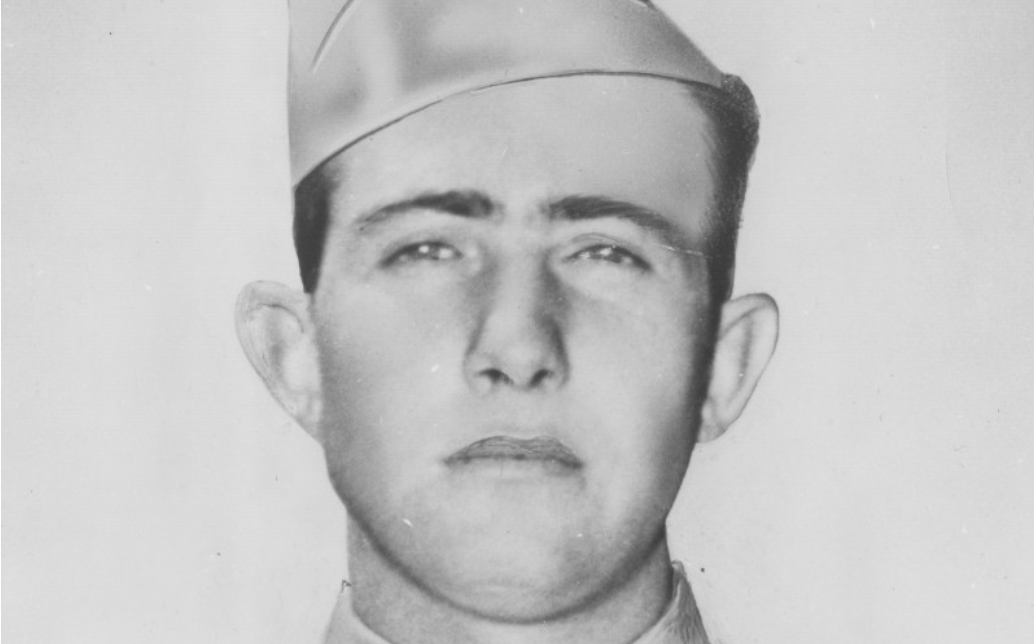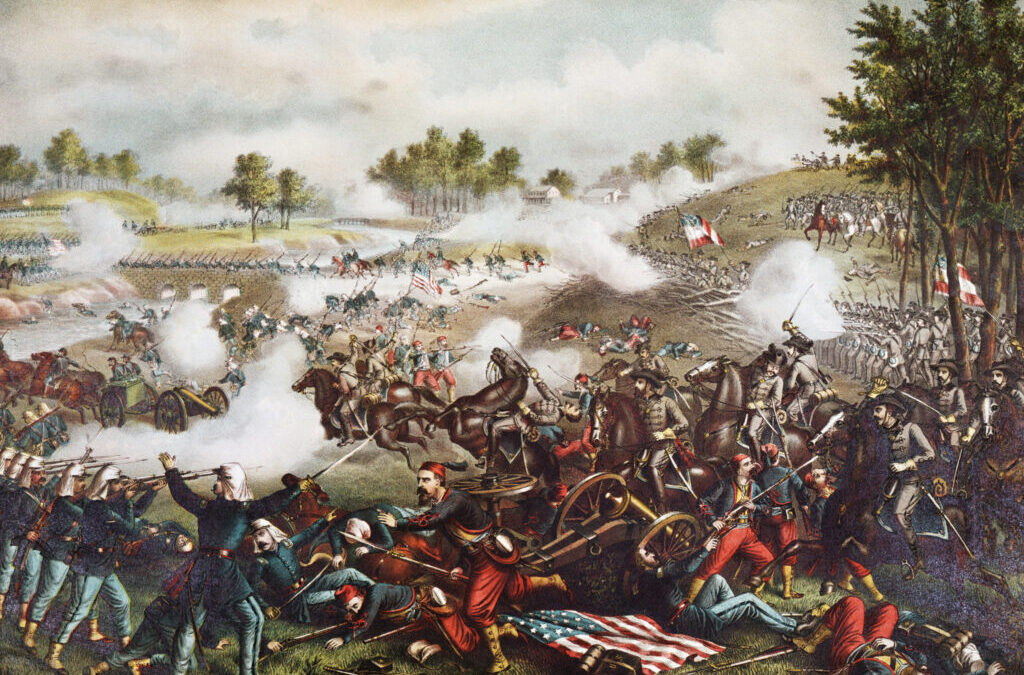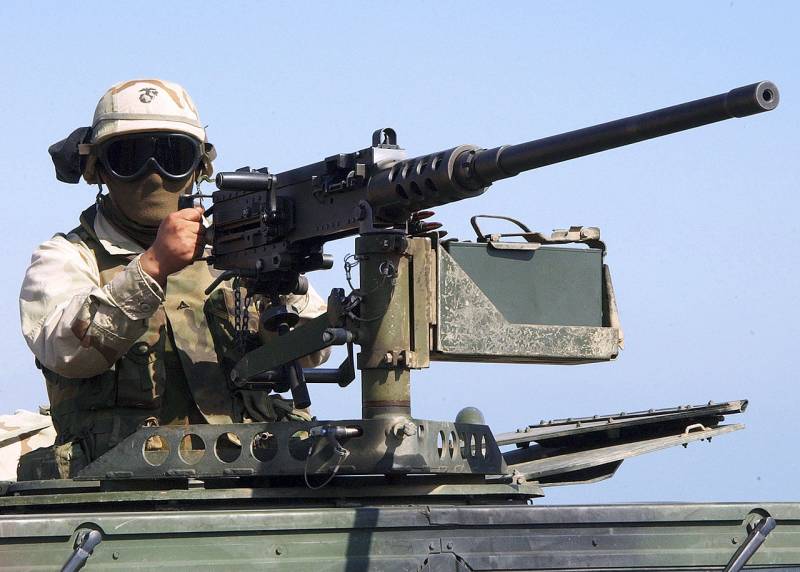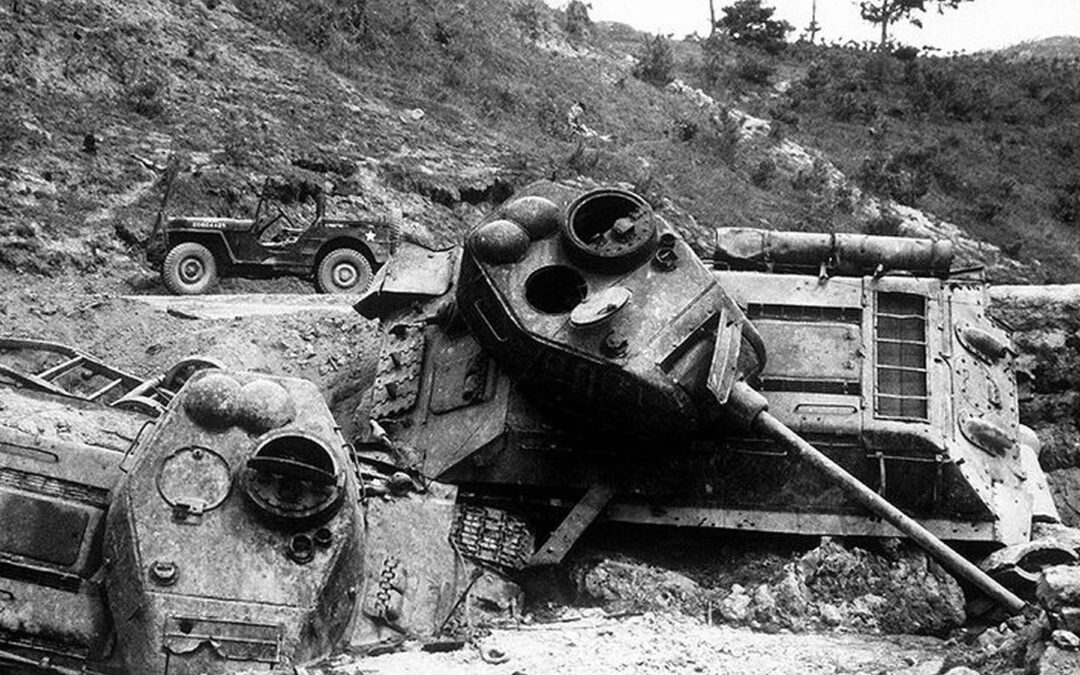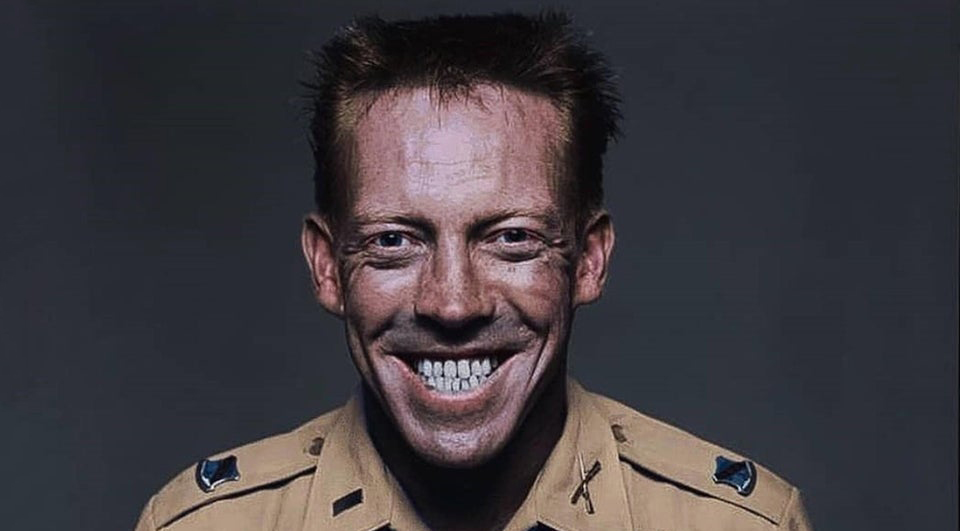Before F.E. Warren Air Force Base (F.E. Warren AFB) had the power to destroy most of civilization, it was a tiny Army outpost on the American frontier, built to protect Union Pacific Railroad workers. Being the oldest continuously active Air Force installation comes with a lot of history, but like most of the military, its history can get pretty bloody. The Battles and Bloodshed of the Indian Wars at F.E. Warren AFB After 186 years of accidents, death, and destruction, you're bound to have a couple of ghosts hanging around, even in Wyoming – and F.E. Warren has all the ghosts you might expect. Today, Warren is part of the Air Force Global Strike Command and has an estimated 150 nuclear missiles ready to go whenever North Korea gets too big for its britches. Needless to say, times were very different when it was first built by the Army in 1867. It was initially named Fort D. A. Russell and was built for the 30th Infantry and Company H of the U.S. 2nd Cavalry. Their mission...

